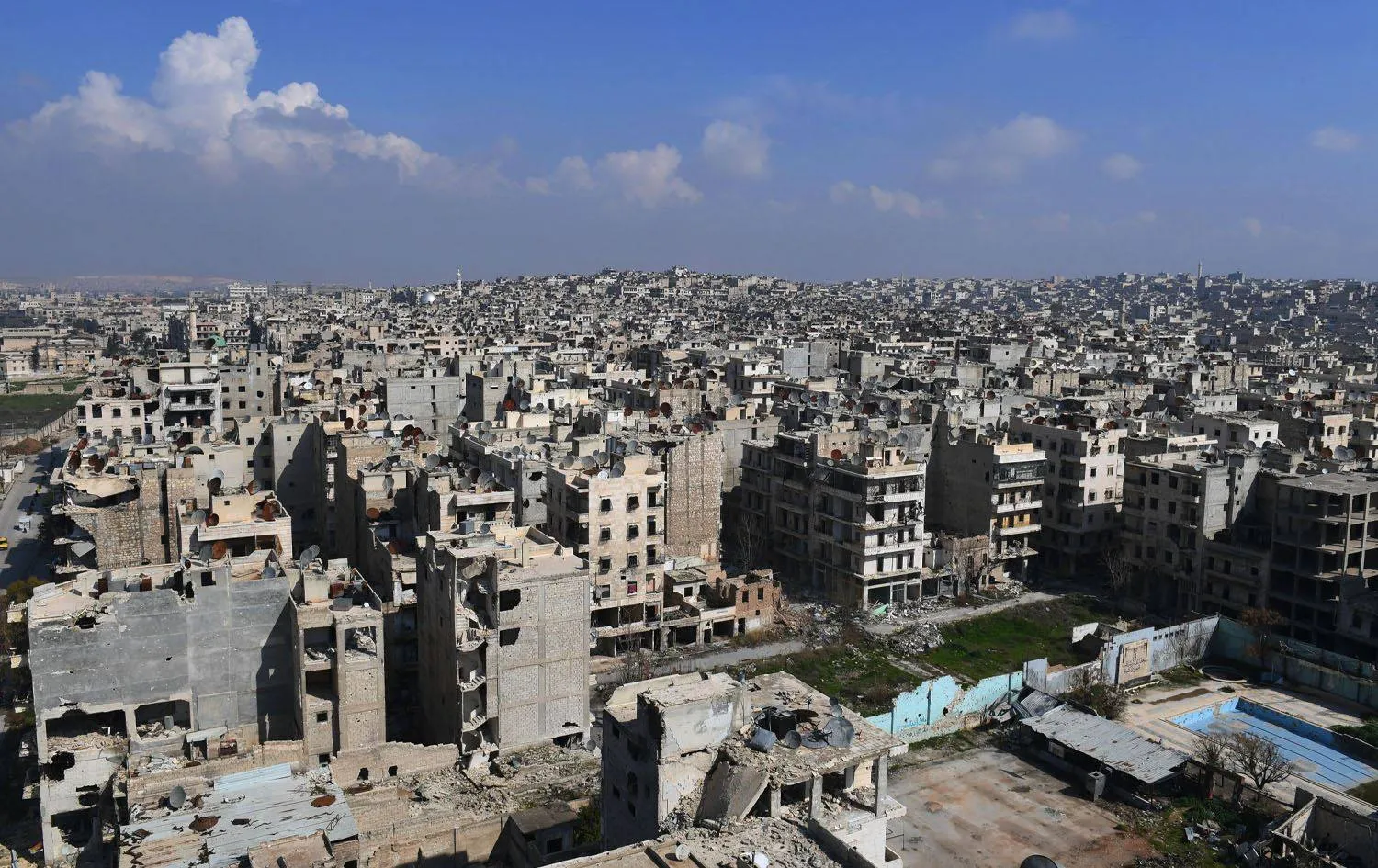The sharp rise in the market value of Lebanon’s gold reserves has sparked renewed debate over their potential use to support the country’s financial recovery. However, the central bank remains firm in its stance against any move to liquidate or invest the reserves, citing strict legal restrictions and the risks of mismanagement.
A senior financial official, speaking to Asharq Al-Awsat, acknowledged the significance of these discussions, particularly as the central bank’s updated figures estimate Lebanon’s gold holdings at around $28 billion. However, he emphasized that before considering any new policies, a full qualitative audit of the reserves is necessary to determine their exact value, weight, and historical origins.
Lebanon officially holds approximately 286.8 tons of gold, or 9.25 million ounces. This reserve was accumulated under the 1963 Monetary and Credit Law to back the Lebanese lira. Currently, two-thirds of the gold is stored securely at the central bank in Beirut, while the remaining third is held at Fort Knox in the United States.
Despite the growing interest in leveraging this asset, Lebanese law strictly prohibits any direct or indirect transaction involving the gold. Law No. 42 of 1986 mandates that any sale, leasing, or investment of the reserves must receive explicit approval from Parliament. Acting Central Bank Governor Dr. Wassim Mansouri has reaffirmed this restriction, stating unequivocally: “No matter what happens, I will not sign off on moving even a gram of gold.”
Mansouri also highlighted the dangers of using reserves irresponsibly. Before Lebanon’s financial collapse in late 2019, the central bank held around $33 billion in foreign currency reserves, while gold reserves were valued at $16 billion. The cash reserves were largely depleted through unsustainable subsidy programs, leaving only $8.5 billion today. “We lost one and a half times the value of our gold, and it didn’t solve anything. The idea of using gold is simply not an option,” he said.
While some policymakers argue that investing the gold could generate much-needed revenue, financial experts warn that without proper governance, such a move could lead to further mismanagement. Instead, they stress the need for deeper economic and institutional reforms.
A key priority is securing an agreement with the International Monetary Fund (IMF) to ensure financial discipline, transparency, and oversight. Any decision regarding the gold reserves would require parliamentary approval and a clear, well-justified plan. However, financial experts argue that Lebanon already possesses vast state-owned assets that, if managed properly, could help close the country’s estimated $72 billion financial gap.
These assets include coastal and riverfront properties, 850 million square meters of state-owned land, high-value real estate in Beirut and other cities, as well as key infrastructure such as electricity, water, telecommunications, ports, and transport networks. Many of these resources remain underutilized due to corruption and inefficiency.









